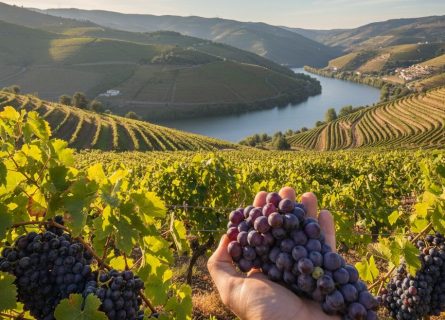
Understanding Portuguese Wine: History, Regions & Traditions
November 20, 2025
Explore the exceptional qualities of Portuguese wine, highlighting unique blends and the elegance of native grape varieties.

November 20, 2025
Explore the exceptional qualities of Portuguese wine, highlighting unique blends and the elegance of native grape varieties.
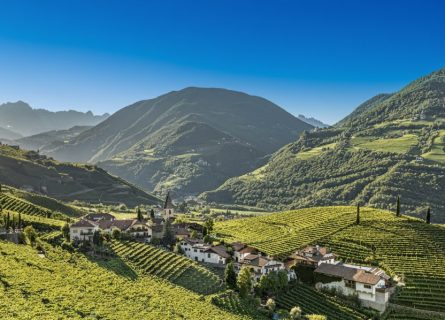
November 5, 2025
Explore the elegance of Alto Adige white wines. Discover their unique aging process and remarkable structures.
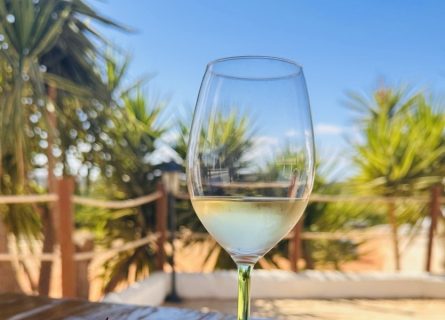
October 25, 2025
Explore the Algarve wine experience and discover the unique terroir-driven wines from the sun-kissed region of Lagos.
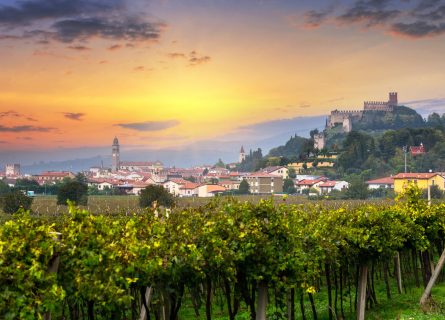
October 2, 2025
Explore the charm of Soave white wines and learn to trust your own palate in appreciating unique Italian flavors.

September 19, 2025
Explore Portugal food and wine pairing with regional wines that enhance every dish from seafood to desserts.
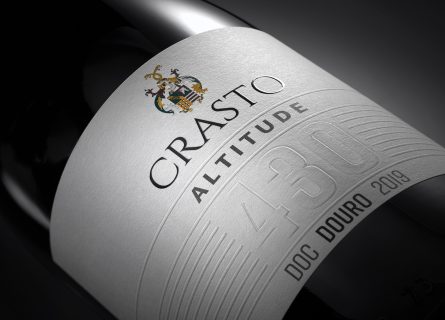
August 14, 2025
Explore the world of Portuguese wine labels and learn how they reflect the vineyards' quality and unique grape varieties.
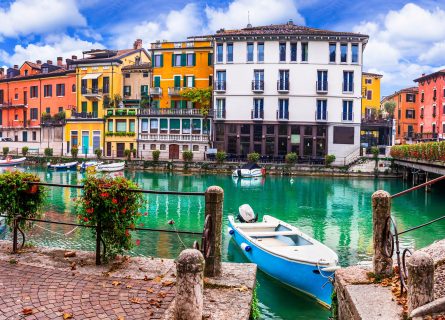
August 2, 2025
Explore the exquisite flavors of Lugana white wines from Italy's stunning Lake Garda region and discover its unique characteristics.
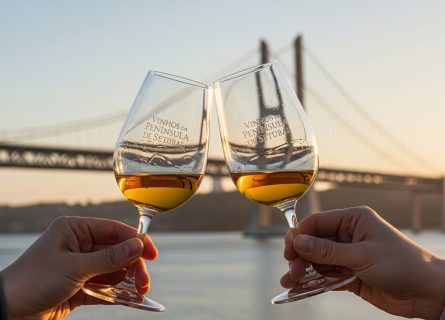
July 14, 2025
Uncover the secrets of the Fortified Wines of Portugal, beyond the renowned Port and Madeira wines celebrated globally.
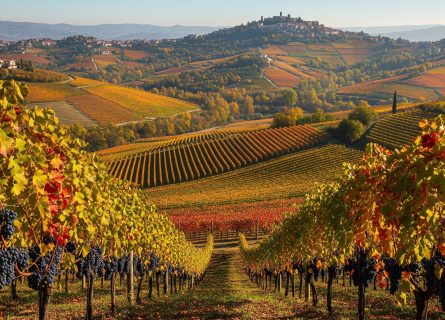
July 7, 2025
Discover Piedmont's hidden reds: beyond Nebbiolo, explore the rich history of Dolcetto and its impact on local wine culture.
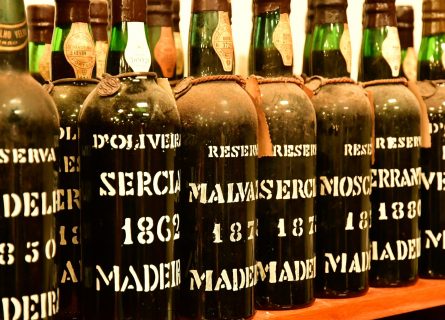
June 9, 2025
Explore the rich flavors of Madeira wine, from fig to caramel, and discover its exceptional longevity and character.

June 5, 2025
Explore the unique qualities of Trentodoc sparkling wines, known for their elegance, precision, and freshness. Discover why they stand out.
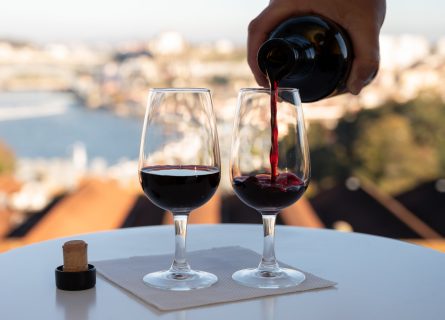
May 14, 2025
Explore the rich history of port wine, a fortified treasure of Portugal known for its aging potential and unique flavors.
If you would like us to customize an exclusive luxury tour, contact us and let us know your travel plans. We offer luxury food and wine tours for private groups of a minimum two guests. In addition, all of our private, chauffeured tours are available year-round upon request.

